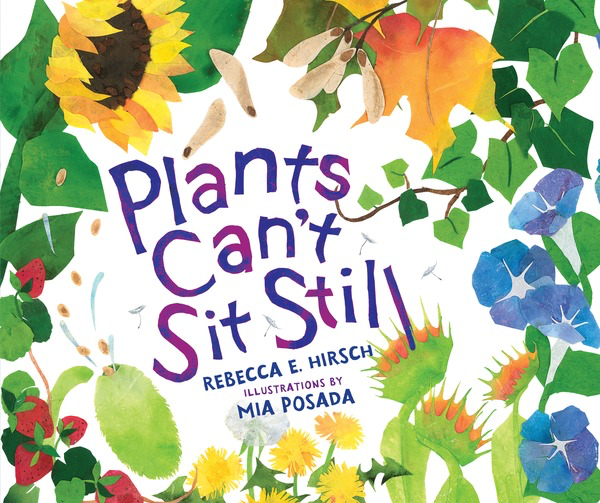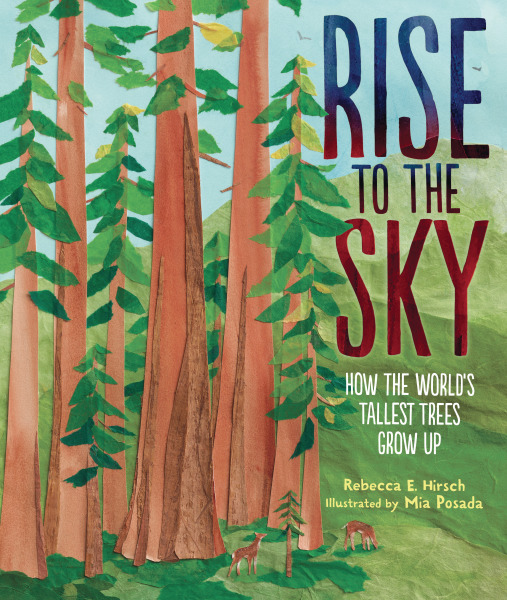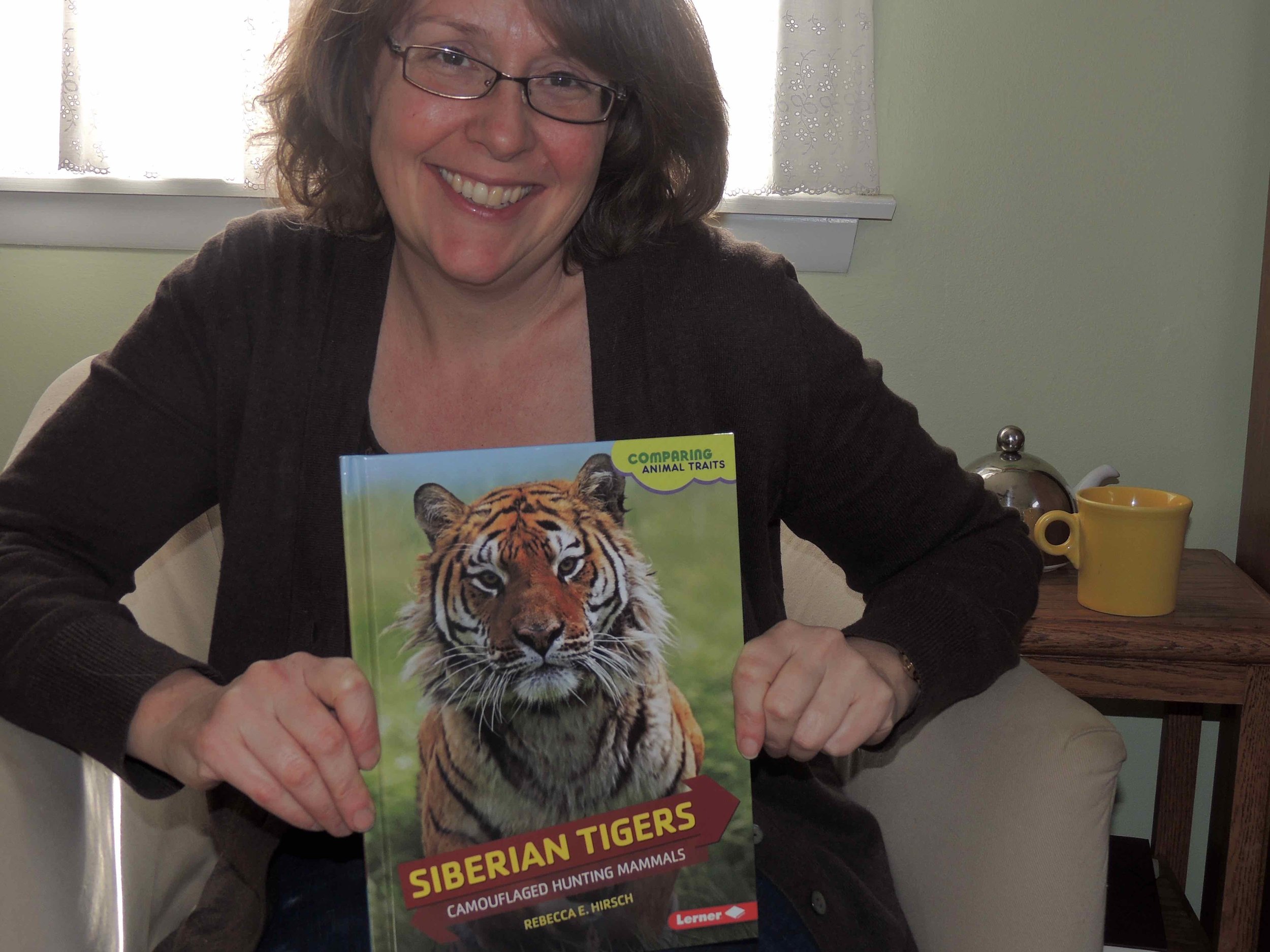
Get Started: How To Read Picture Books Like a Writer
Learn how to read picture books like a children’s writing pro.

Get Started: Writing Children's Nonfiction
Want to start writing nonfiction books for children? Here are simple ways to get started.







